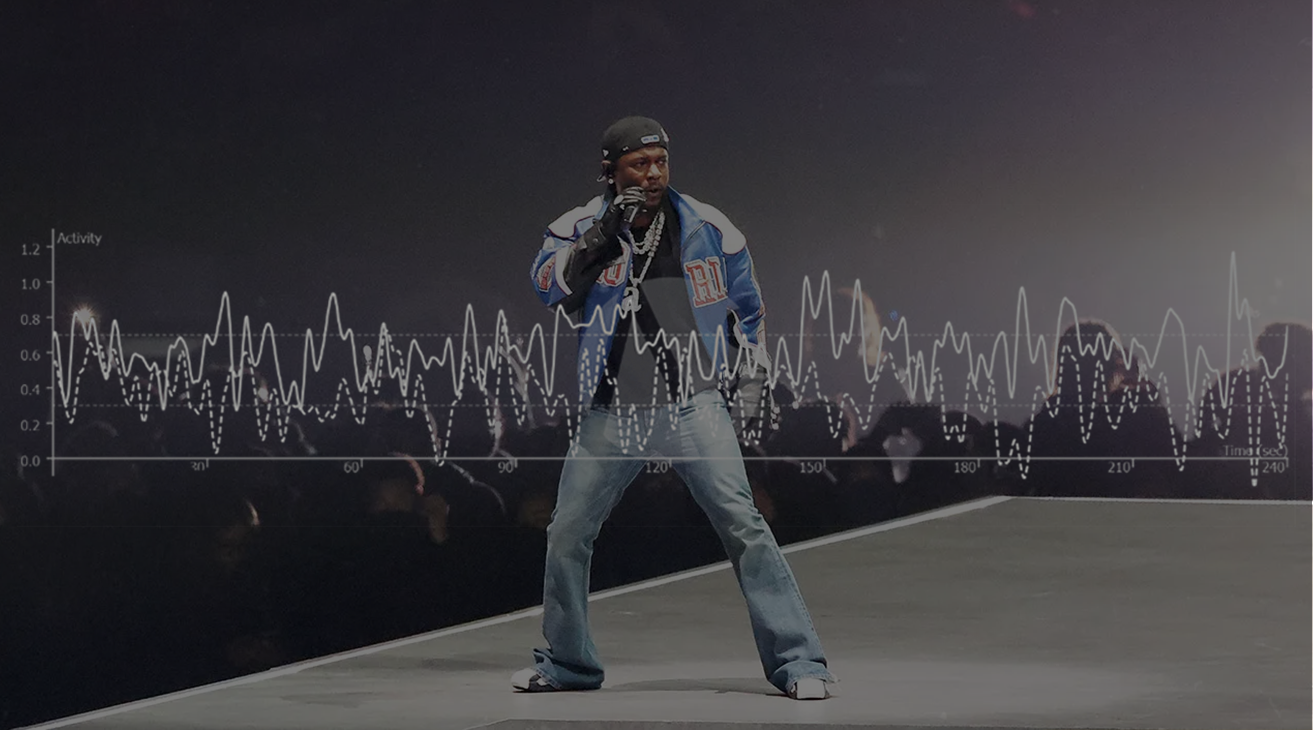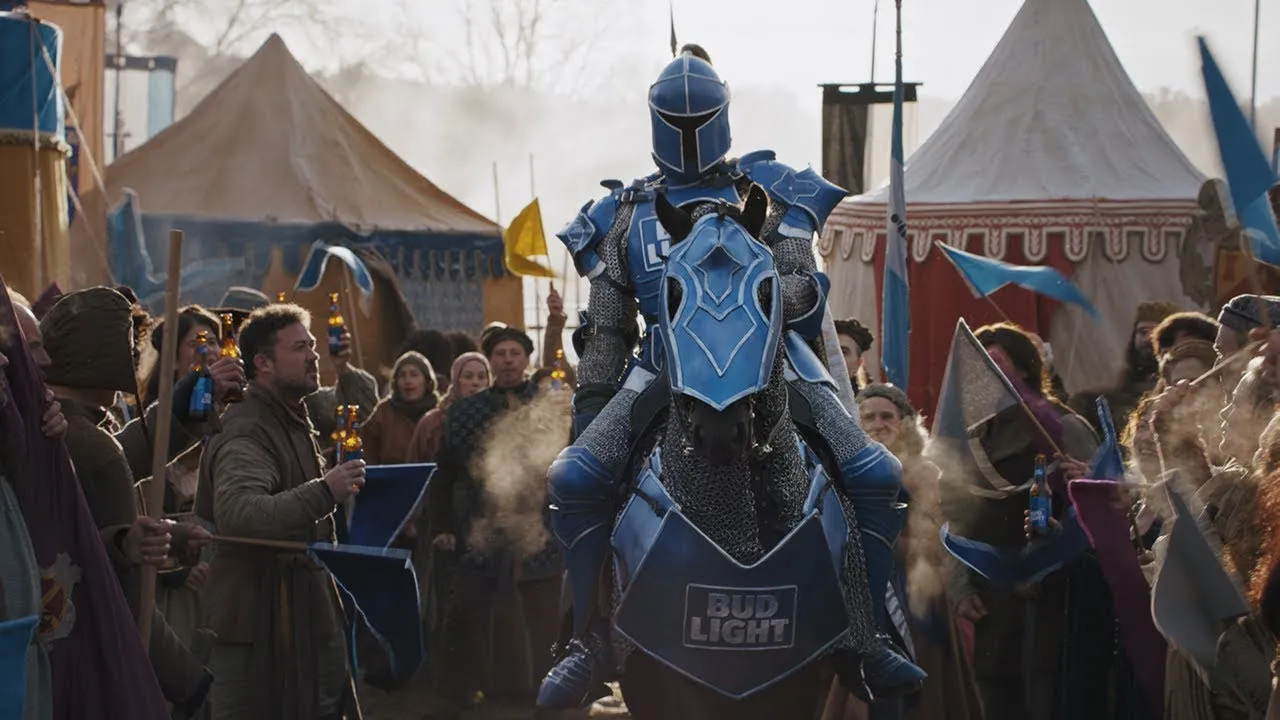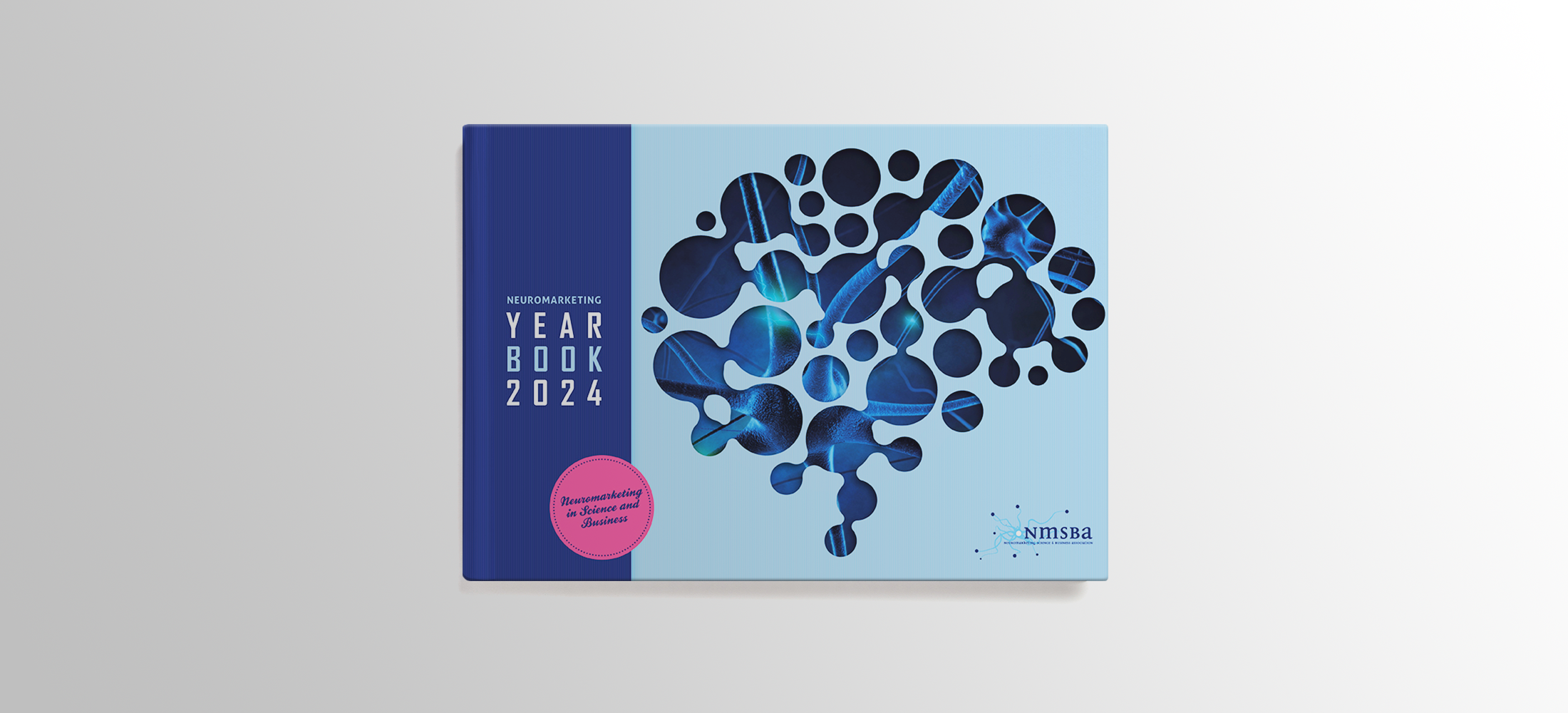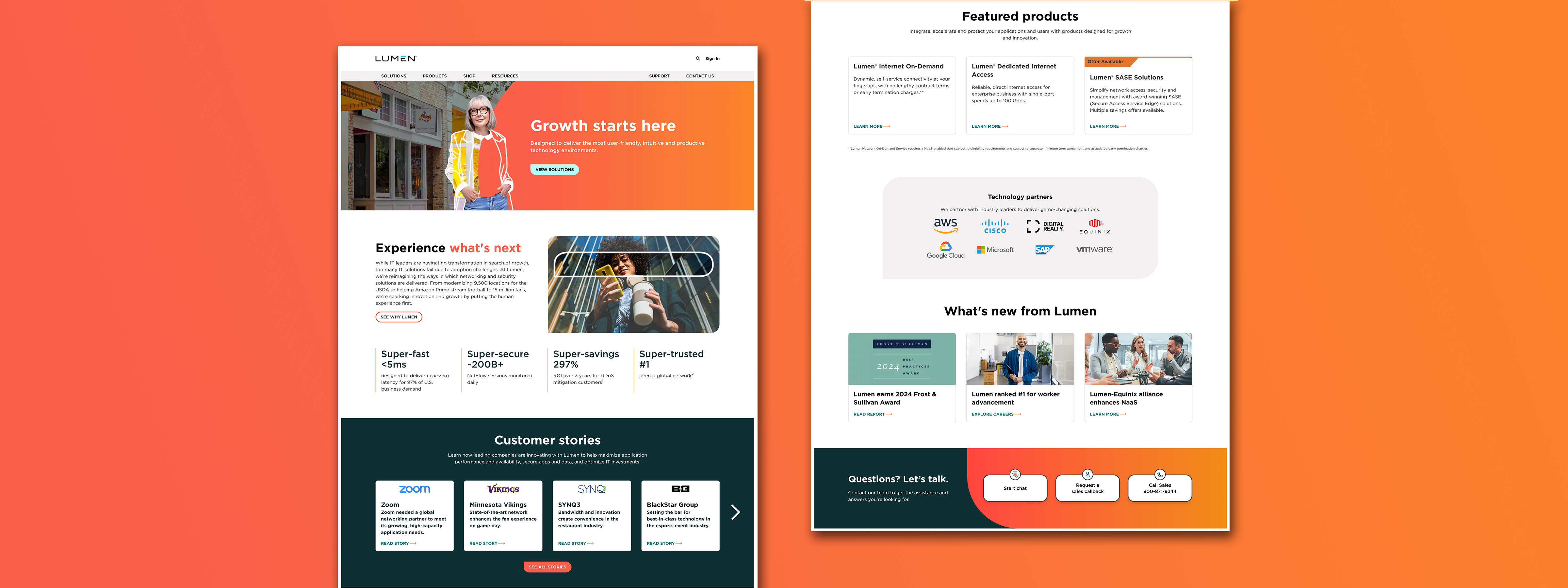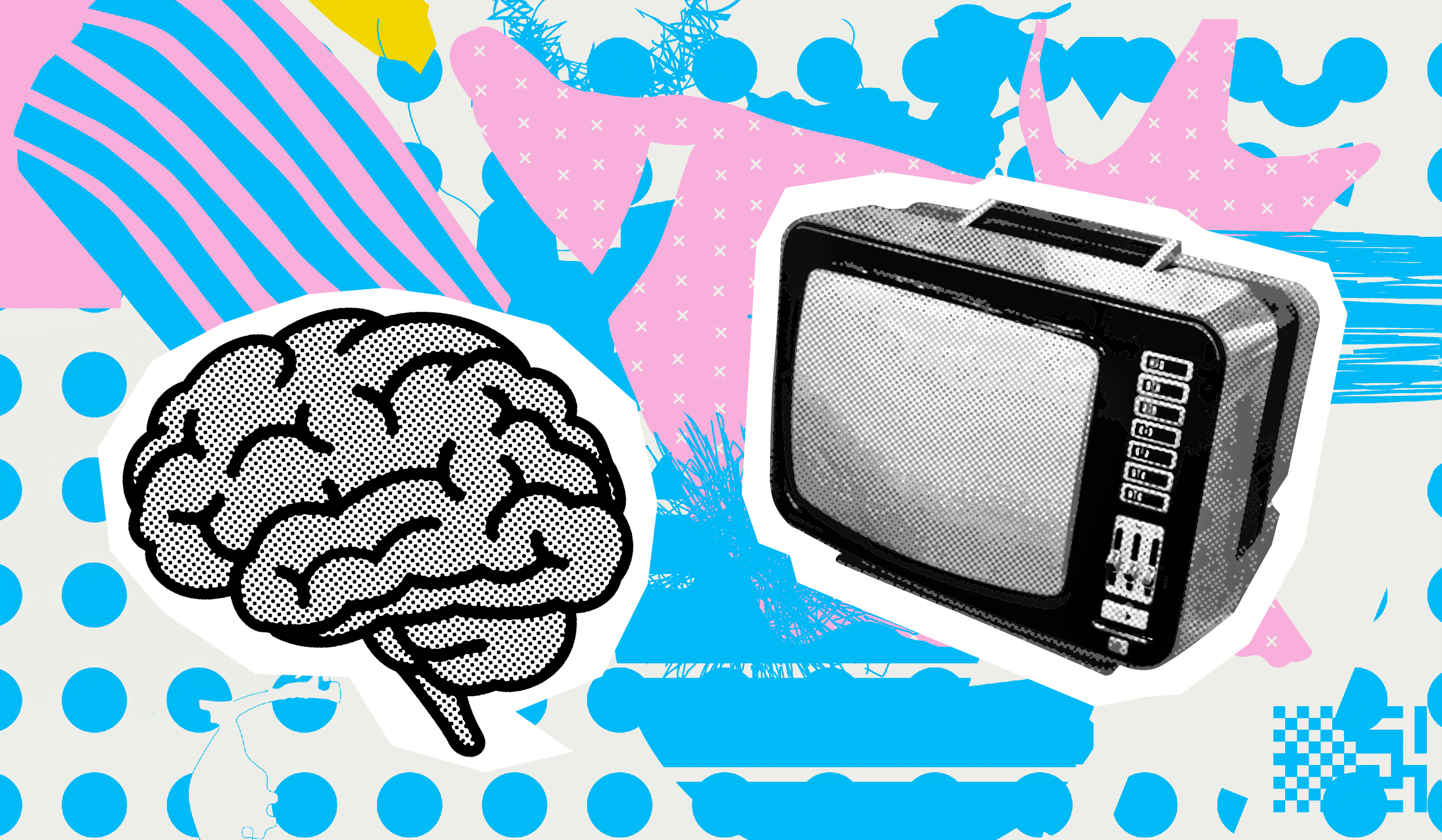Amid the endless buzz of AI-driven segmentation and personalized marketing, there are still insights into human behavior that only we can uncover. This year, for Super Bowl LIX, we ventured beneath the surface to explore what truly resonated with viewers on a subconscious level.
Take Kendrick Lamar’s halftime performance, for example—arguably the most polarizing moment of the night. His cultural influence and nuanced political messaging (post a year of a high-profile rap feud) made his stunt 45% more personally relevant for younger audiences (under 35), and 64% more memorable than for those over 35.

Our second-by-second neuro analysis highlights the stark contrast in subconscious feelings of personal relevance during Kendrick’s halftime performance, showing a clear divide between younger and older audiences.
This deep dive into subconscious reactions goes beyond Kendrick’s performance—it extends to the most talked-about ads of the night. What ads will create lasting impact? What missed the mark, despite seeming to succeed? Here’s a sneak peek into what the brain had to say:
- Nike & Dove’s messaging resonated, but execution faltered. Nike’s ad suffered from repetition overload, while Dove’s storytelling created disconnect that diluted impact.
- Google delivered the most effective emotional close. Its seamless storytelling and a well-crafted final scene drove strong memory retention.
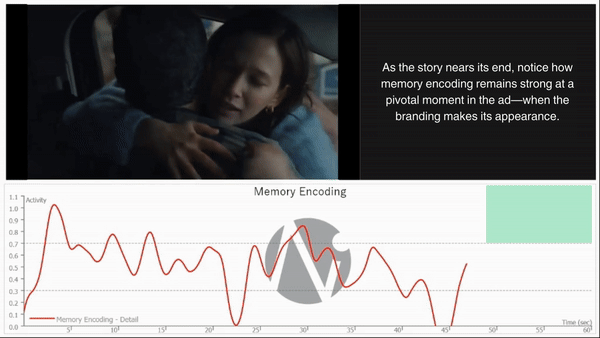
- Dunkin’s sequel underperformed. A busier storyline and more celebrities led to lower engagement and likeability compared to last year’s hit campaign.
- Lay’s was one of the night’s strongest performers. A well-balanced mix of heart, and clear storytelling made it a standout.
- Budweiser’s Clydesdales lacked fresh impact. While the ad topped the USA Today Ad Meter, it performed nearly identically to last year’s ad – both underperforming in our neuro testing – signaling stagnation and a failure to drive deep emotional connection.
- Hims & Hers captured attention but missed conversion moments. While the bold approach stood out, weak branding integration and convoluted messaging reduced overall effectiveness.
- Michelob Ultra maintained strong brand presence. Consistent execution, clear visuals, and repetitive branding reinforced its positioning.
- Cirkul’s high-frequency branding worked. As a Super Bowl rookie, its heavy branding strategy successfully drove awareness.
- Poppi’s Gen Z focus limited broad appeal. The ad underperformed with the Super Bowl’s core audience.
Want to dive deeper into the insights? Reach out to us to schedule a walkthrough of the full report.

